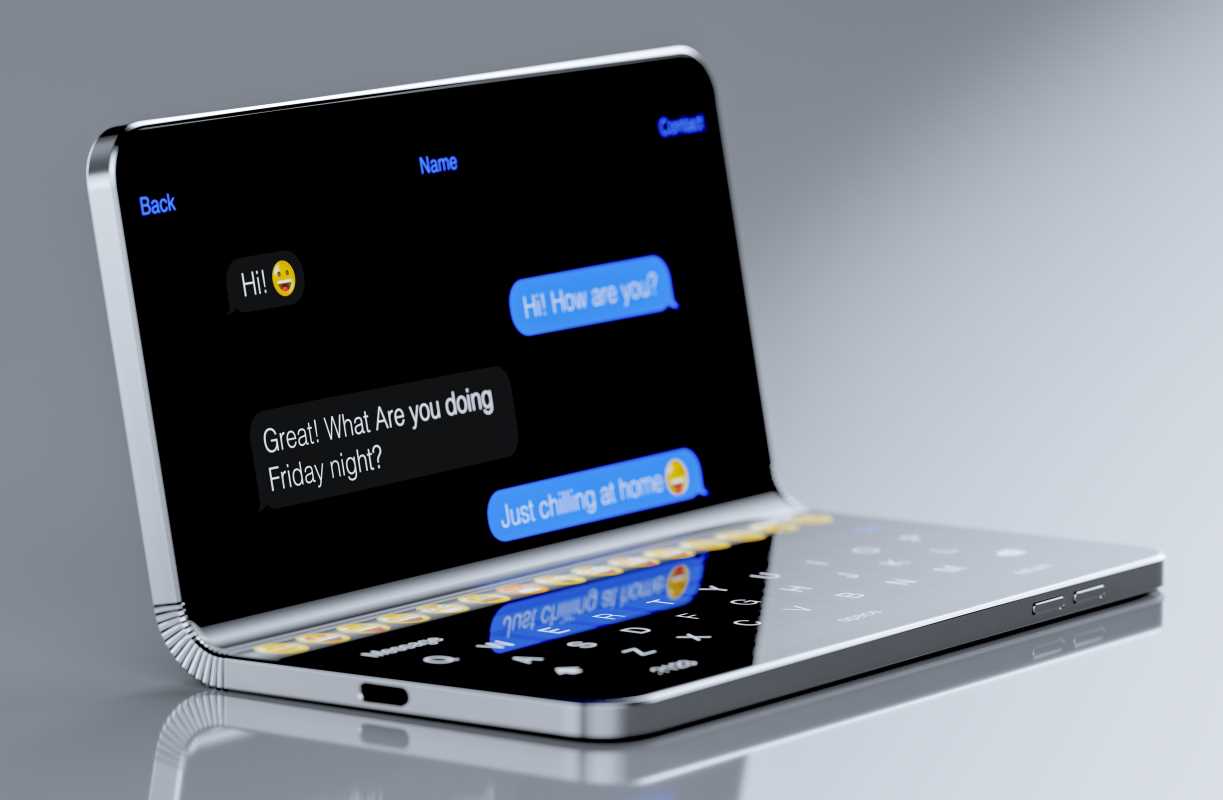Foldable phones have been making waves in the tech world for a while now. These innovative devices bring a futuristic vibe with their flexible screens that can fold and unfold like a book. While they promise an exciting blend of convenience and style, many people are left wondering if they’re just another passing tech fad or the future of smartphones as we know them.
Tech giants like Samsung, Huawei, and Google have all jumped into the foldable phone market, making improvements and introducing new features with every release. From offering larger screens in smaller packages to enhancing multitasking, foldable phones have a lot going for them. But with high price tags and questions about their durability, some consumers aren’t ready to make the leap just yet.
So, are foldable phones here to stay, or will they eventually fade into obscurity? To answer this, we need to take a deeper look at what makes foldable phones special, their challenges, and what the future holds.
Before we can decide whether foldable phones are the next big thing, it’s important to understand what they are and how they work. Foldable phones feature a flexible display that can bend, fold, or flip without breaking. This is made possible through advanced materials like ultra-thin glass and flexible OLED (organic light-emitting diode) technology.
Unlike traditional smartphones with fixed screens, foldable devices offer unique designs. Some fold in half horizontally, like the Samsung Galaxy Z Flip, making them compact and easy to carry. Others, like the Galaxy Z Fold, open up vertically to create a tablet-like experience. There are even dual-screen designs where two displays work together seamlessly.
The key appeal of foldable phones lies in their ability to combine the portability of a smartphone with the functionality of a larger screen. They promise to improve multitasking, make watching videos more enjoyable, and provide a more versatile user experience.
The Advantages
Foldable phones aren’t just about looking cool. They bring actual benefits that could change how we use our devices. Here are some of the most significant advantages:
1. Bigger Screens Without Sacrificing Portability
With a foldable phone, you can have a screen that’s closer in size to a tablet but still fits in your pocket. For instance, when folded, a phone like the Galaxy Z Fold functions as a regular smartphone. Unfold it, and you’ve got ample screen space to watch movies, work on documents, or browse the web comfortably.
2. Enhanced Multitasking
Foldable phones are designed to make multitasking easier. Their larger screens allow users to run multiple apps side by side without feeling cramped. Need to write an email while referencing a spreadsheet or browsing the web? Foldable phones make it simple to divide your screen into separate windows.
3. Innovation in Design
The novelty of foldable designs has been a major selling point. With sleek aesthetics, foldable phones draw attention and make users feel like they’re holding cutting-edge technology. This appeal to innovation is part of what attracts early adopters and tech enthusiasts.
4. Flexibility for Gaming and Media
For gamers and those who enjoy streaming, foldable phones offer a more immersive experience. You get a larger, uninterrupted screen with fewer bezels, making your favorite games and shows look much more impressive compared to regular smartphones.
The Challenges
Despite all their perks, foldable phones aren’t perfect. Several challenges need to be addressed before they can become the new standard. Here are the most significant hurdles:
1. High Costs
Foldable phones are not cheap. Their cutting-edge technology and unique displays make them some of the most expensive devices on the market. A brand-new foldable phone can cost anywhere from $1,000 to $2,000, which puts them well out of reach for many consumers.
Price, more than anything, is a major stumbling block for widespread adoption. Manufacturers will need to find ways to lower costs to make foldable phones more accessible.
2. Durability Concerns
One of the biggest worries about foldable phones is how long they’ll last. The folding mechanism introduces more moving parts, which raises the likelihood of wear and tear. Screens are also more susceptible to scratches and damage compared to traditional glass-covered displays.
While companies like Samsung have taken steps to improve durability with features like water resistance and tougher folding glass, some skeptics remain unconvinced. Until foldable phones prove they can handle everyday use without hassle, many people won’t be willing to invest.
3. App Optimization
Another problem is that many apps aren’t optimized for foldable screens. Apps that work fine on standard smartphones might not take full advantage of the unique form factor of foldable phones. For example, an app might not adjust properly when transitioning from a small folded display to an unfolded one.
App developers need time to catch up and create versions that work seamlessly on foldable devices. Without enough optimized software, customers may feel like they’re not getting their money’s worth.
4. Bulkiness
While foldable phones are technically more portable thanks to their flexible screens, the devices themselves can still be a bit bulky compared to standard smartphones. When folded, they tend to be thicker, which may bother some users.
The Future of Foldable Phones
Now that we’ve looked at the pros and cons, the question remains: Will foldable phones become the new normal, or will they end up as a passing trend? Several factors point to foldable phones becoming more mainstream in the coming years.
Growing Interest and Competition
As major manufacturers like Samsung, Huawei, and Motorola continue to innovate, competition in the foldable phone space is heating up. Even Apple has been rumored to be working on a foldable iPhone. The more players that enter the market, the better the technology and the lower the prices are likely to become.
Improved Technology
Foldable phone technology is advancing rapidly. With each new generation, manufacturers are addressing issues like durability and usability. Screens are becoming tougher, hinge mechanisms are smoother, and app support is steadily growing. These improvements make foldable designs a much more attractive option over time.
Consumer Demand for Bigger Screens
The demand for larger screens isn’t going away. People use their phones for everything from work and communication to entertainment and gaming. Having a bigger screen that doesn’t come at the cost of portability is a feature that many users find compelling.
Potential for New Use Cases
We’ve only begun to scratch the surface of what’s possible with foldable phones. Future innovations, like rollable screens and more advanced multitasking, could completely change how we interact with our devices. Imagine phones that expand to resemble small laptops or gaming consoles.
 (Image via
(Image via





